Jan 2, 2025
Understanding ADHD Through Lisa’s Journey
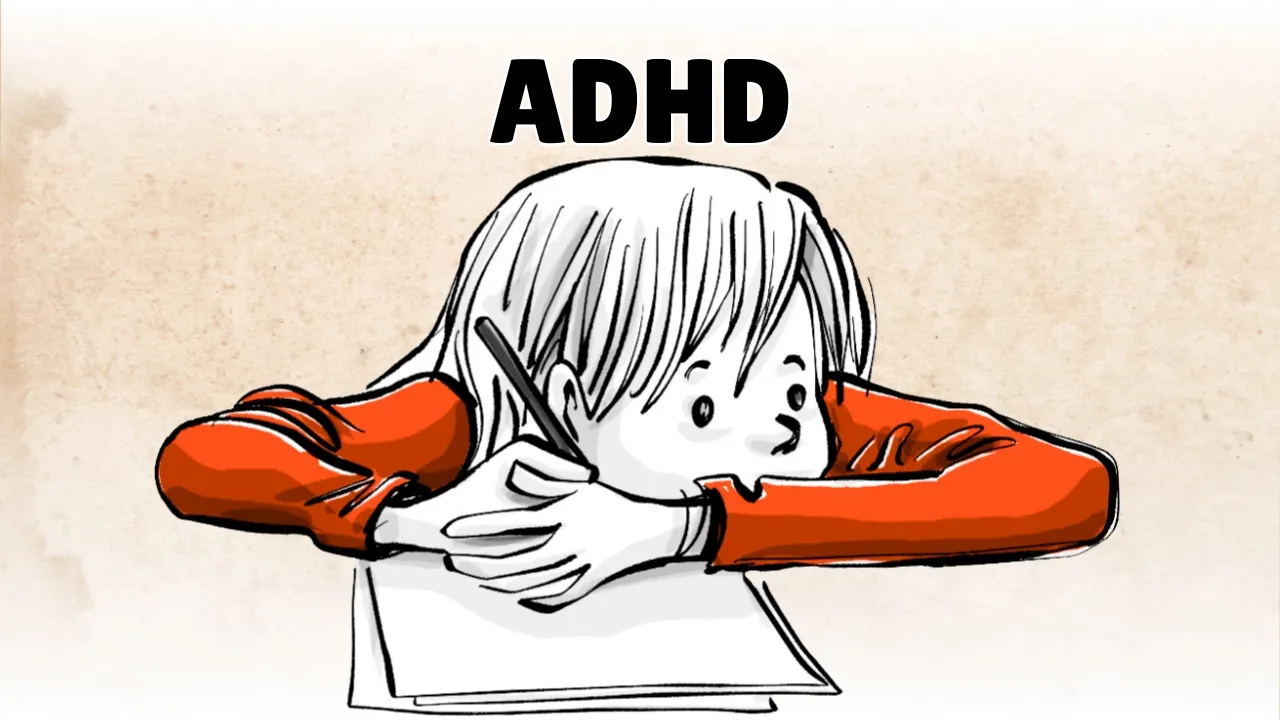
Introduction
Attention Deficit Hyperactivity Disorder, or ADHD, is primarily of genetic origin. Symptoms are categorized as inattentive or hyperactive, but individuals can experience both in various forms, indicating a spectrum of presentations. This blog explores the journey of Lisa, a young girl with dreams of becoming a writer, and how her atypical brain makes it challenging to achieve her aspirations.
Understanding ADHD
Lisa's story exemplifies the struggles faced by those with ADHD. From a young age, she has difficulty paying attention, often getting distracted, daydreaming, and losing things frequently. Her senses pick up too much information, leading to overwhelming feelings, frustration, and tears. Unfortunately, her parents, unaware of her condition, scold her instead of helping her cope with these challenges.

Lisa’s story
In primary school, Lisa finds it hard to sit still and often disrupts the class. Despite being smart, she struggles academically, receiving poor grades except in English and the arts. Over time, she is branded as lazy and is perceived as not utilizing her potential. Making friends proves to be difficult; she feels different and faces bullying. Although her few friends appreciate her enthusiasm, they also tell her she is too emotional.
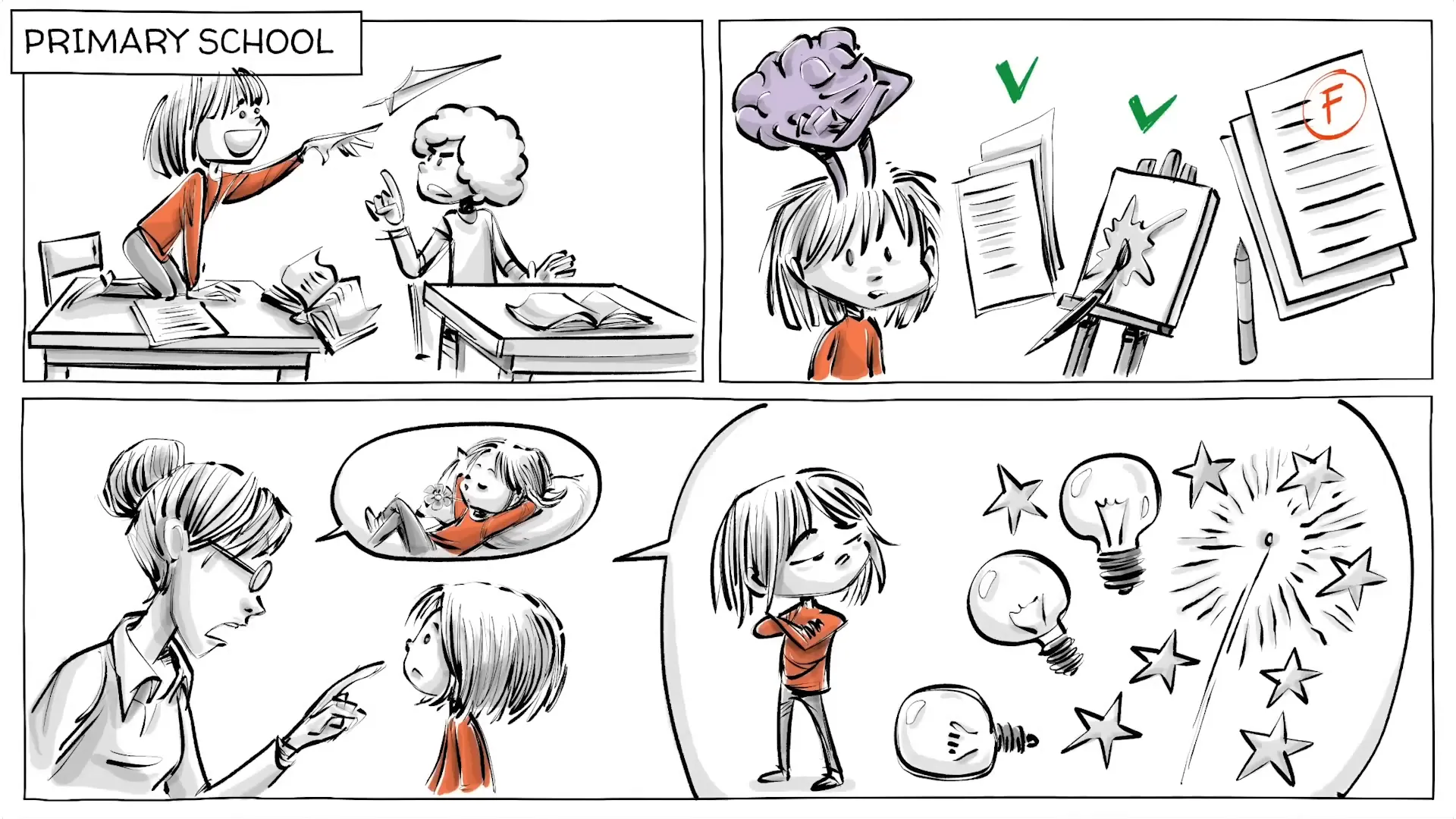
The school turmoil
As Lisa progresses to middle school, she starts doodling to help her concentrate. However, her teacher disapproves, believing she is merely distracted. To cope, Lisa masks her inattention by nodding and maintaining eye contact, which ultimately leads to a complete loss of focus. This period marks the beginning of her internalization of her struggles and a growing passion for creative writing.
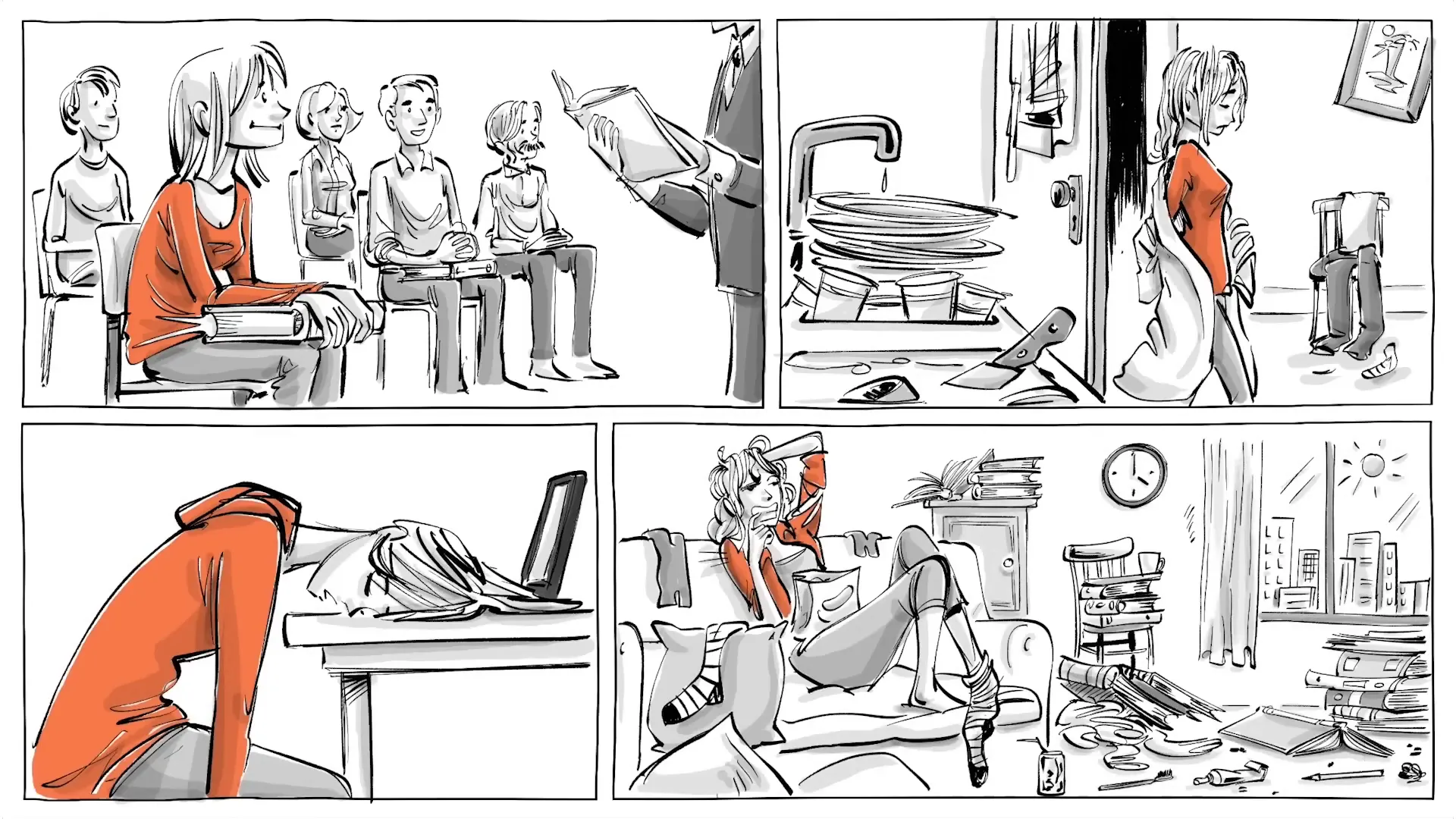
The turning point
In high school, Lisa's mind races with a thousand thoughts, prompting her to wear headphones to block out noise. However, even this fails to help during her menstrual cycle, leading to intense mood swings, binge eating, and smoking. At 19, she enrolls in a prestigious literature program, but the overwhelming responsibilities lead to burnout. She stops showering, cleaning, and attending classes. One night, she confides in her best friend about her struggles and feelings of being a burden.
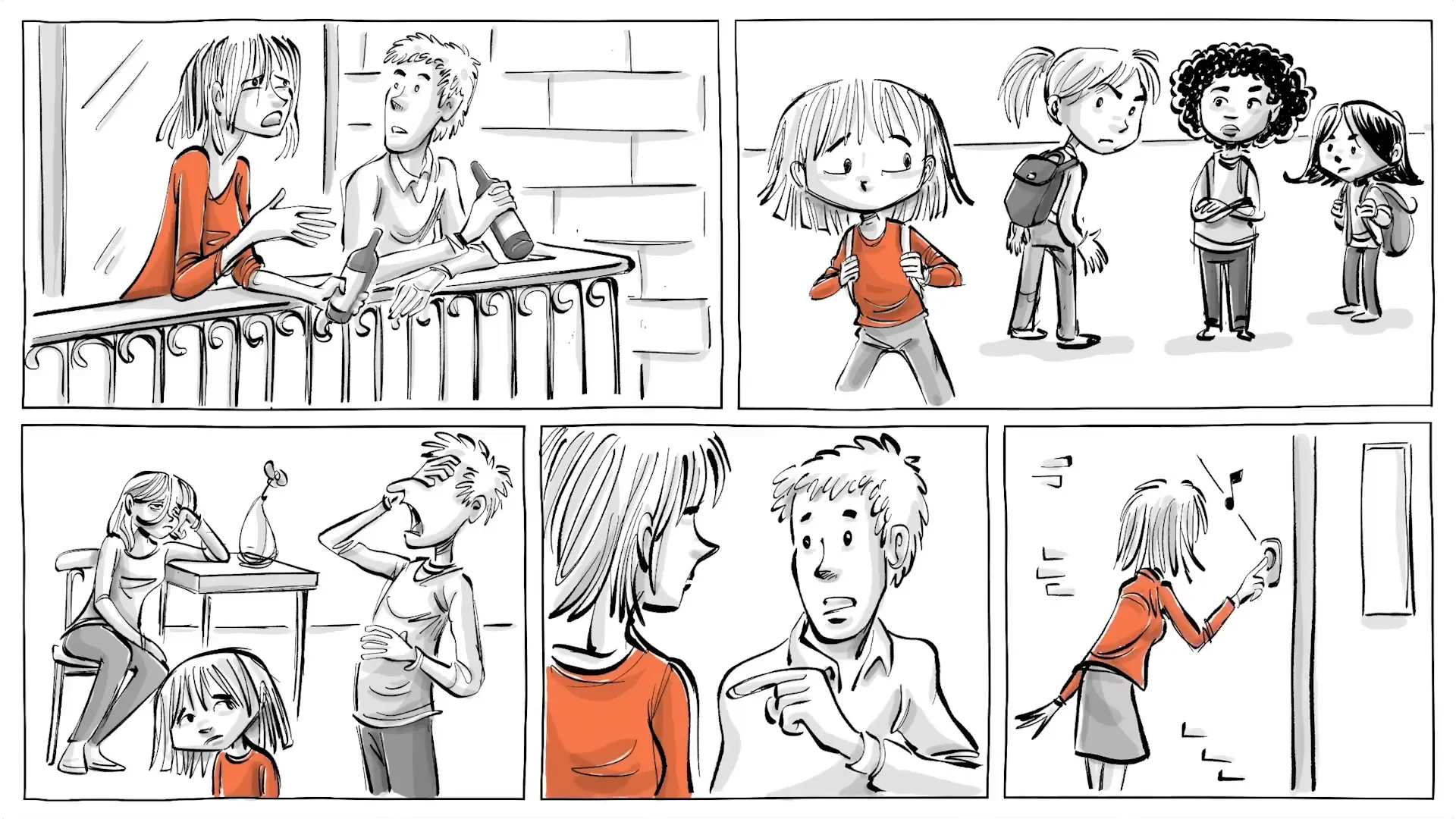
Embracing change
Her friend suggests visiting a psychiatrist. Initially, the psychiatrist suspects depression, but after discussing Lisa's childhood and family history, she requests further tests. A few weeks later, Lisa receives a dual diagnosis of ADHD and depression. The psychiatrist explains that ADHD symptoms extend beyond the commonly known traits, affecting executive functions like working memory, time perception, and emotional regulation.
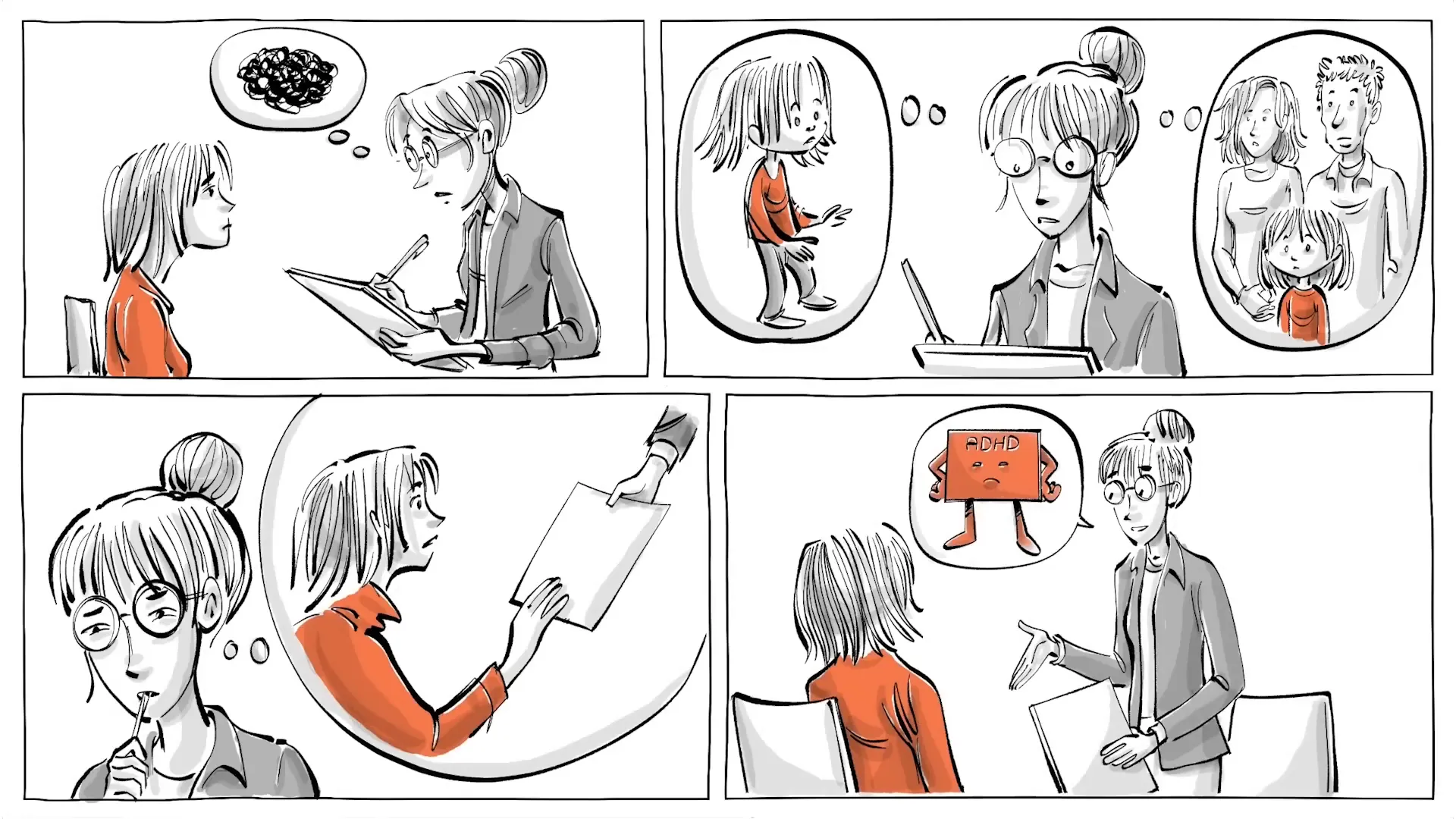
ADHD symptoms
Interestingly, individuals with ADHD often possess higher creativity, curiosity, and caring tendencies compared to their peers, making them potential great artists or scientists. They may also respond more calmly to stress, with some thriving in high-pressure jobs like firefighting or surgery. The psychiatrist assures Lisa that ADHD symptoms can be managed through medication and therapy, along with regular sleep and exercise.
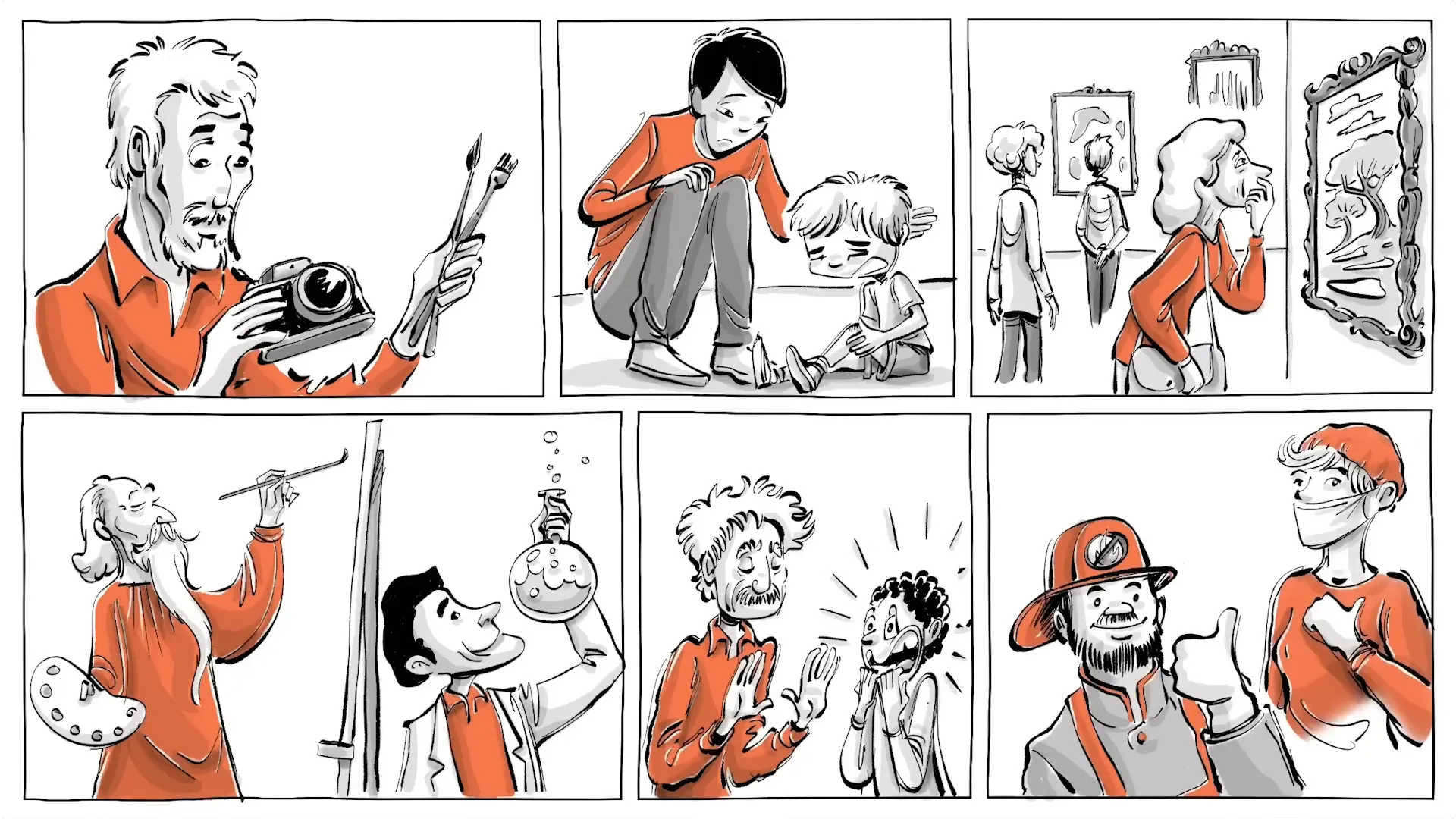
ADHD treatment
The next day, upon taking her first medication, Lisa experiences a breakthrough—she bursts into tears as her mind quiets for the first time. Tasks such as showering become effortless. She realizes how much energy she has expended trying to perform tasks that others do instinctively. However, she understands that medication alone isn't sufficient; she needs to make life changes and find work that leverages her strengths.
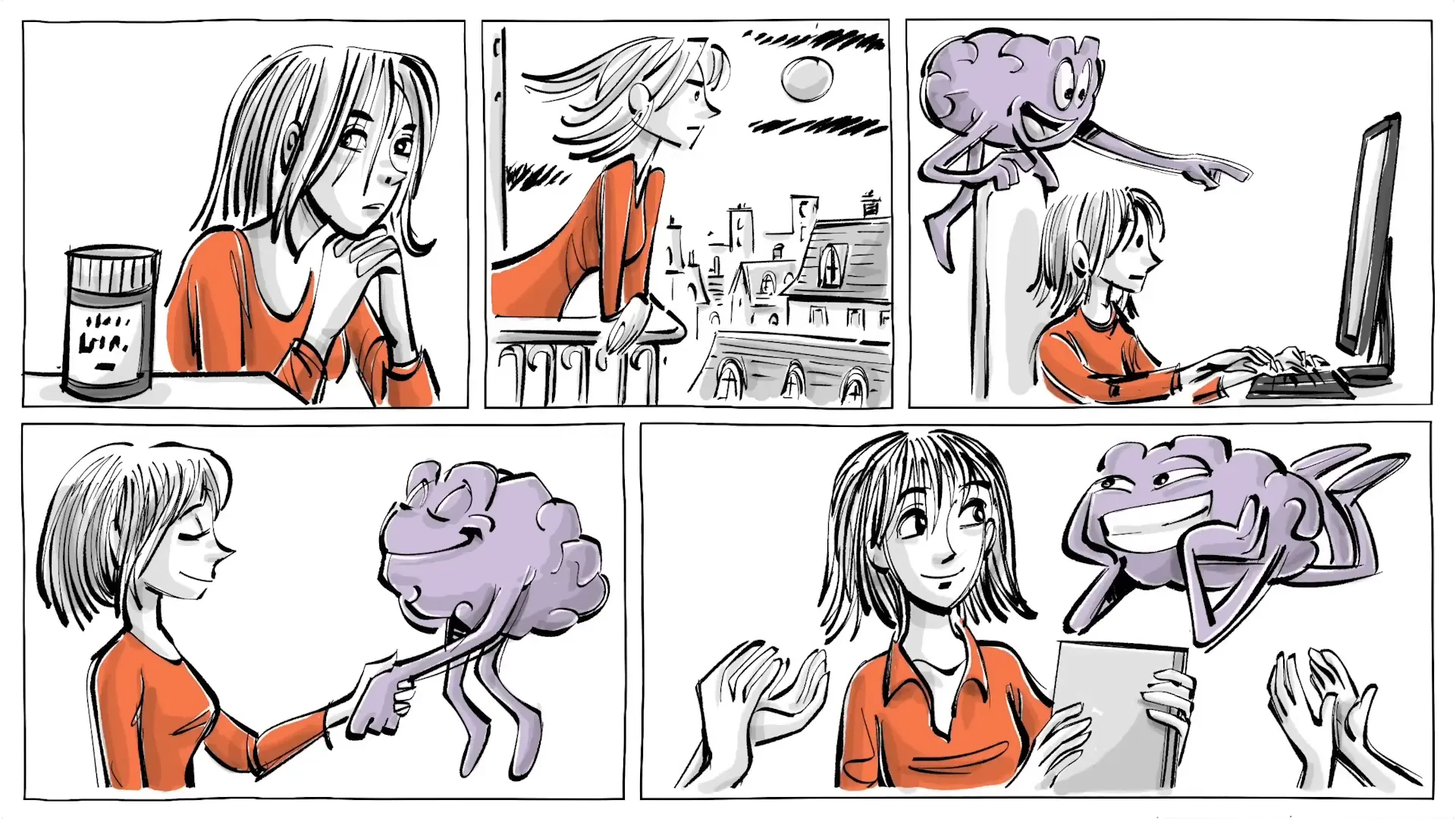
Celebrating neurodiversity
By the age of 30, Lisa learns to accept and appreciate her neurodivergence. Her unique perspective is celebrated after the publication of her first novel, marking a significant milestone in her journey. This highlights the importance of embracing one's differences rather than masking them.
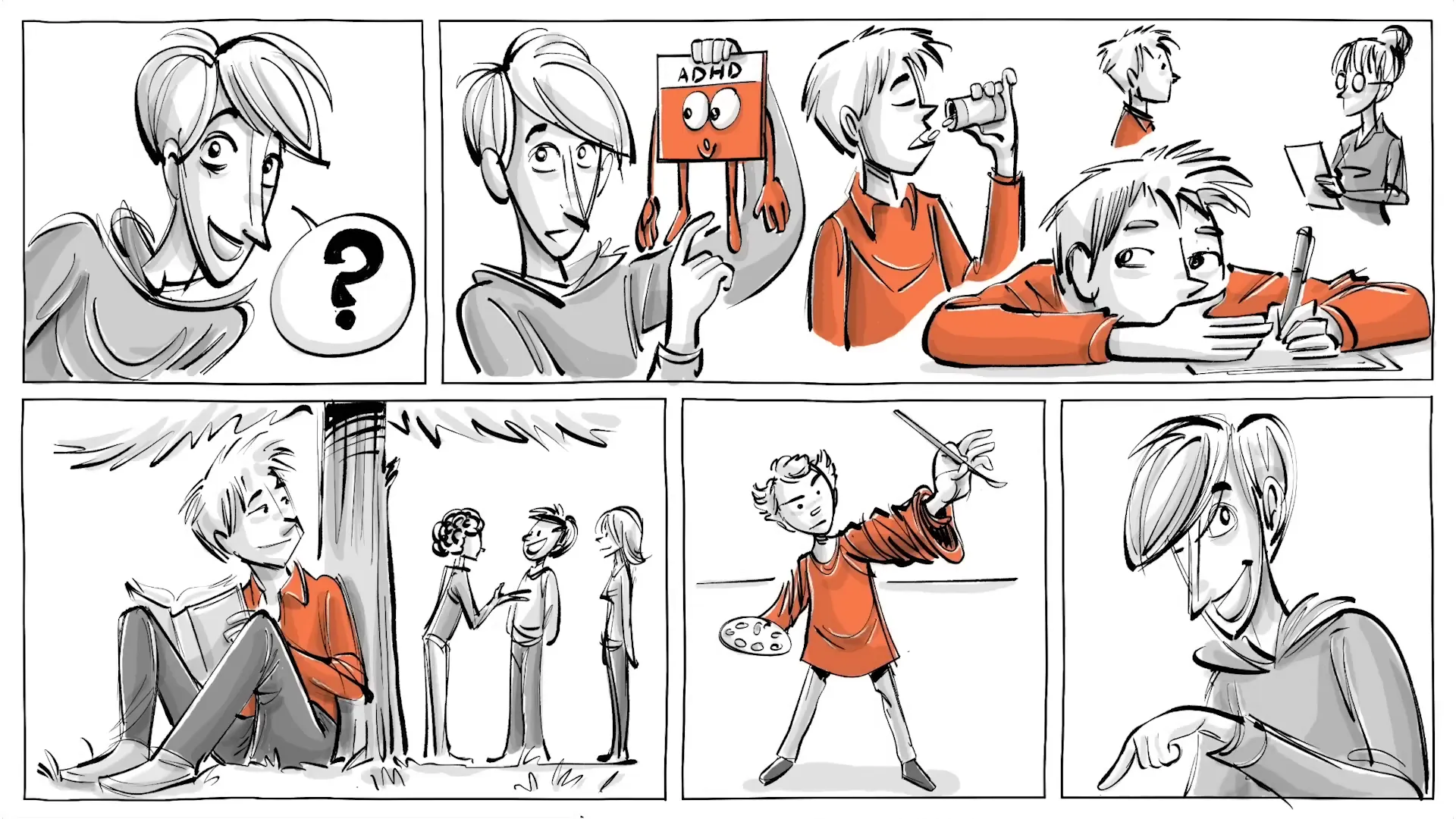
What do you think?
What are your thoughts? If you have ADHD, would you adapt your brain to fit into societal norms through medication and therapy, or would you prefer to accept your differences and adopt a lifestyle that aligns with who you are? Share your thoughts in the comments below!
Conclusion
Lisa's journey illustrates the complexities of living with ADHD. Through understanding, acceptance, and the right support, individuals with ADHD can not only cope with their challenges but also thrive and celebrate their unique contributions to the world.
This article was created from the video ADHD from Childhood to Adulthood [Symptoms and Traits] with the help of AI. It was reviewed and edited by a human.



